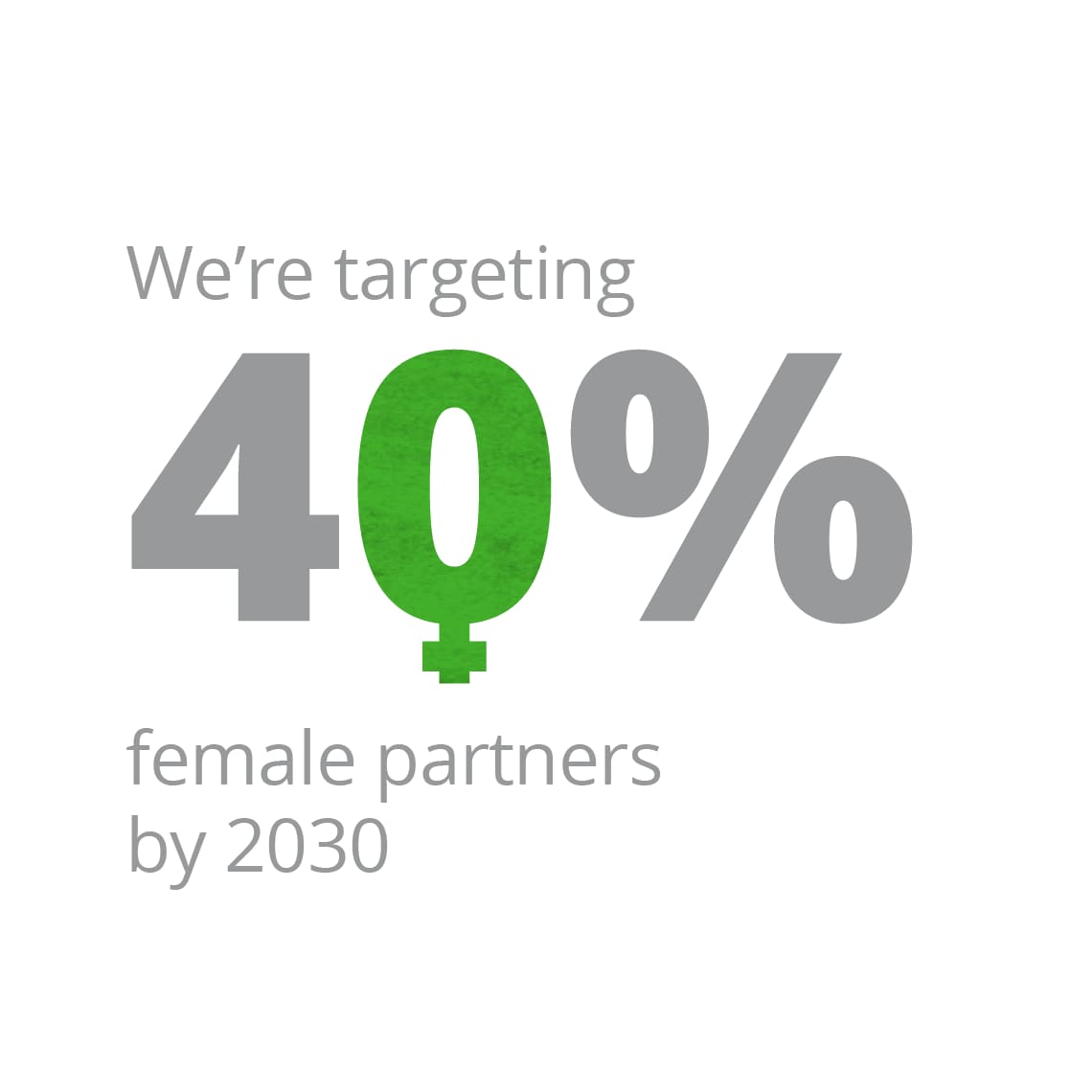- UK Impact Report
- NWE Reports
Increasing gender pay gap transparency is something we've taken a leading and visible position on for some time in the UK – we believe it will play a critical role in achieving greater gender balance within organisations. While this reporting can sometimes make for uncomfortable reading, it’s an important step in helping business measure progress and decide what it needs to do to address the underlying causes.
The need for transparency
We were one of the first companies to report our pay gap, doing so voluntarily back in 2015. We have since collaborated with Timewise to produce: A Manifesto for Change: A Modern Workplace for a Flexible Workforce and sponsored the Institute of Public Policy Research’s report ‘Demystifying the gender pay gap’ - both of these seek to recommend ways to drive greater gender balance in business.
This year, to further increase transparency, we also published our total gender earnings gap, which includes the earnings of both equity partners and employees. It is important to note that this isn’t a like-for-like comparison with our formal gender pay gap reporting since our employees and equity partners have different remuneration structures and therefore the government guidelines cannot be applied. However we wanted to find a way to represent total earnings across our whole firm - and this is a metric that we have now committed to publishing on an annual basis. You can see the full breakdown of our gender pay and bonus gaps – and our total earnings gap - in our metrics pages.

The importance of an inclusive culture
We know that our gender pay gap is driven by a lack of women in senior positions and we’ve worked hard in recent years to address this imbalance. In 2014, we put in place a gender balance action plan, spanning all parts of the career lifecycle from recruitment through to promotion. We have also established an industry-first Return to Work internship programme (now in its fourth year), created sponsorship programmes for female senior managers and directors, and monitor female talent pipelines for our director and partner roles.
We know, however, that programmatic interventions aren’t enough without an inclusive culture. Therefore, we have focused on ensuring that we provide an inclusive working environment that is underpinned by respect at all times – one where everyone can thrive, develop and succeed. We’ve put 6,000 of our most senior people through inclusive leadership workshops and appointed Respect & Inclusion advisors so our people can voice any concerns to a trusted colleague. Our message is clear: diversity is not possible without inclusion and inclusion is not possible without respect. Alongside this we have embedded agile working, which enables our people to balance their work and other interests.
No quick fixes
We have always been clear that there is no quick fix to diversity in business – meaningful and sustained change will take many years. But we’re starting to see some results of our actions.

We’re now recruiting more women at both student and experienced hire level, and seeing a significant decrease in the number of women leaving the firm after returning from maternity leave. The proportion of our partners who are female now stands at 19 per cent, compared to 12 per cent in 2012, and we’re committed to hitting our published targets of 25 per cent by 2020 and 40 per cent by 2030. We’ve also been recognised externally for our diversity efforts - for the past three years we’ve been listed as one of the Times Top 50 employers for women in the UK.
Several factors, such as maintaining a focus on inclusion and agile working and using targeted interventions, have helped our progression. But just as critical for success is having visible leadership support – our people know that diversity is a business imperative.
More stories like this